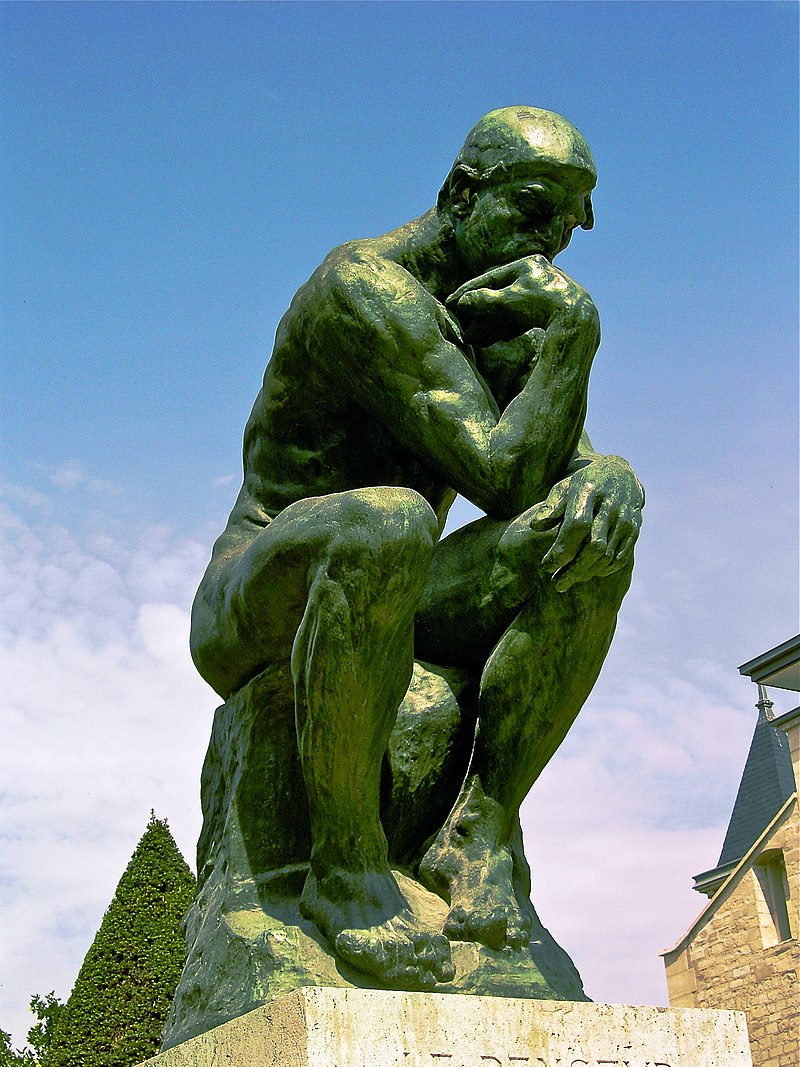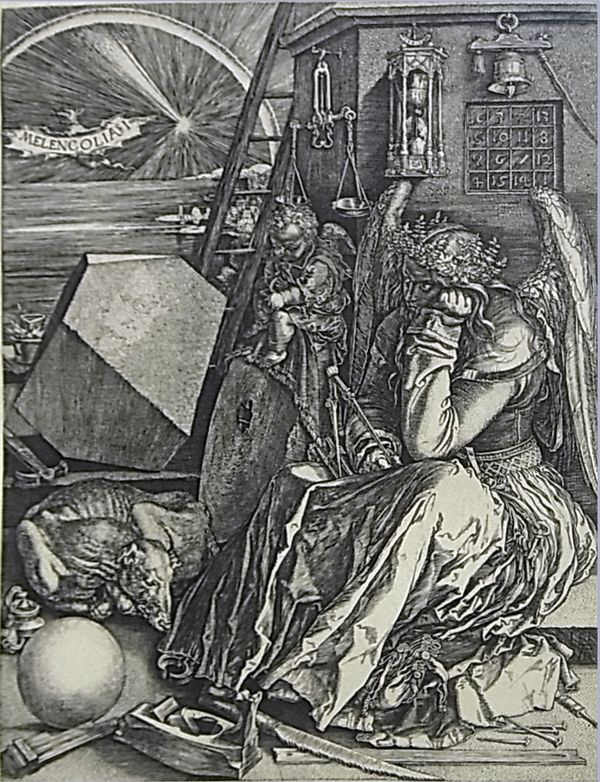From an article in the ARA newspaper about Rec Comtal (the ditch of the city of counts) I found Enric H. March blog. There is a wealth of information on this hydraulic infrastructure that has carried water from Besos river to Barcelona since the Middle Ages and which may have been preceded by an aqueduct in Roman times.
From Montcada to the orchards of Vallbona you can still follow the route of the ditch until it disappears before reaching the Trinitat neighbourhood.
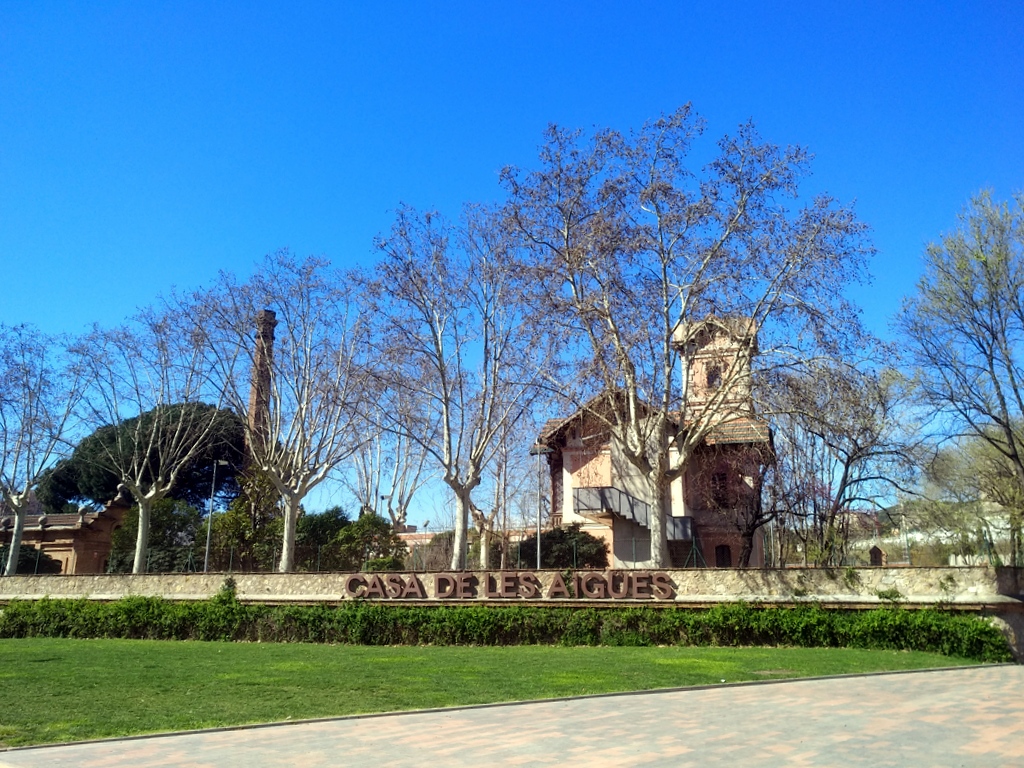
The Water House in Montcada
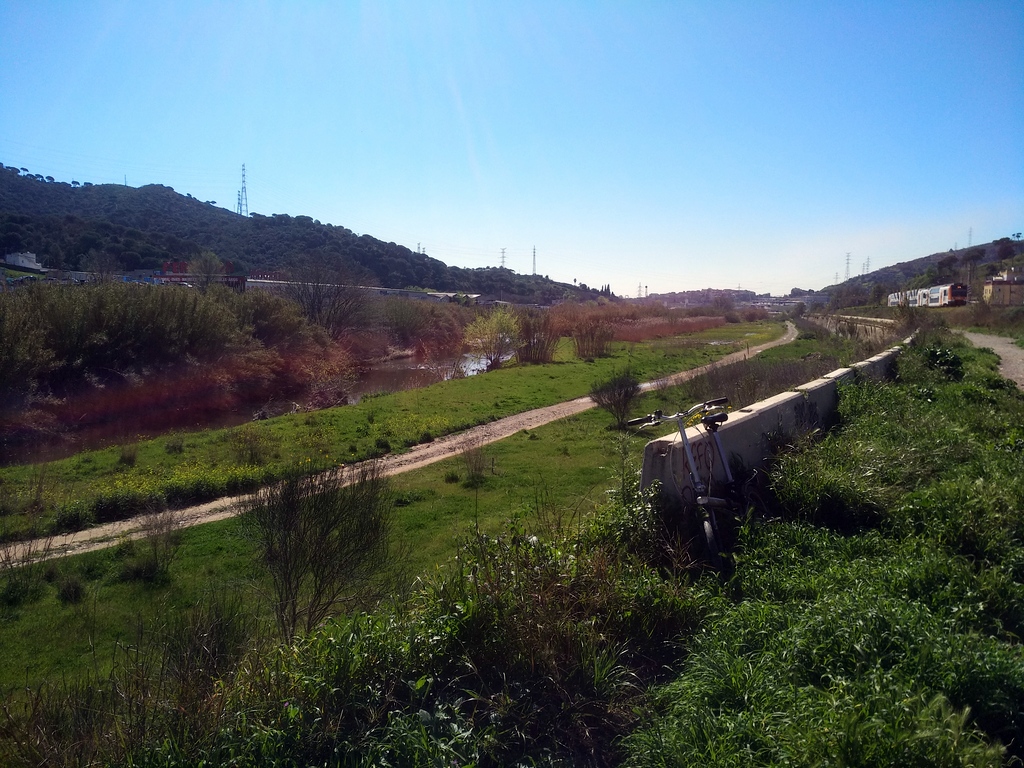
Besos river at the beginning of the ditch
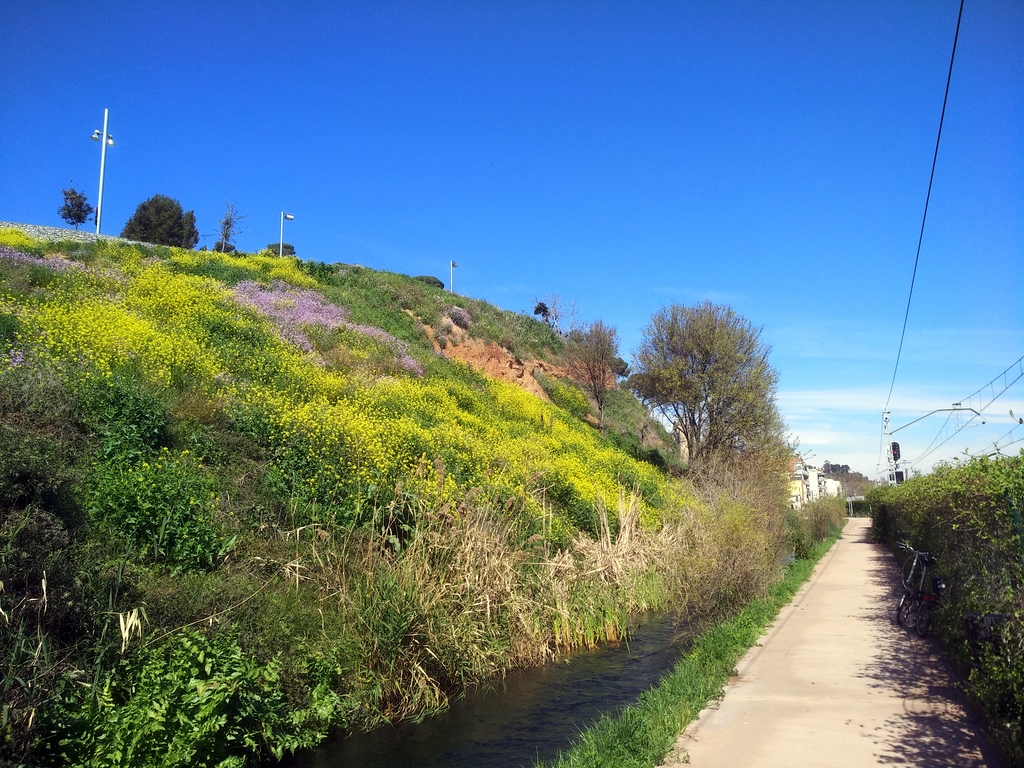
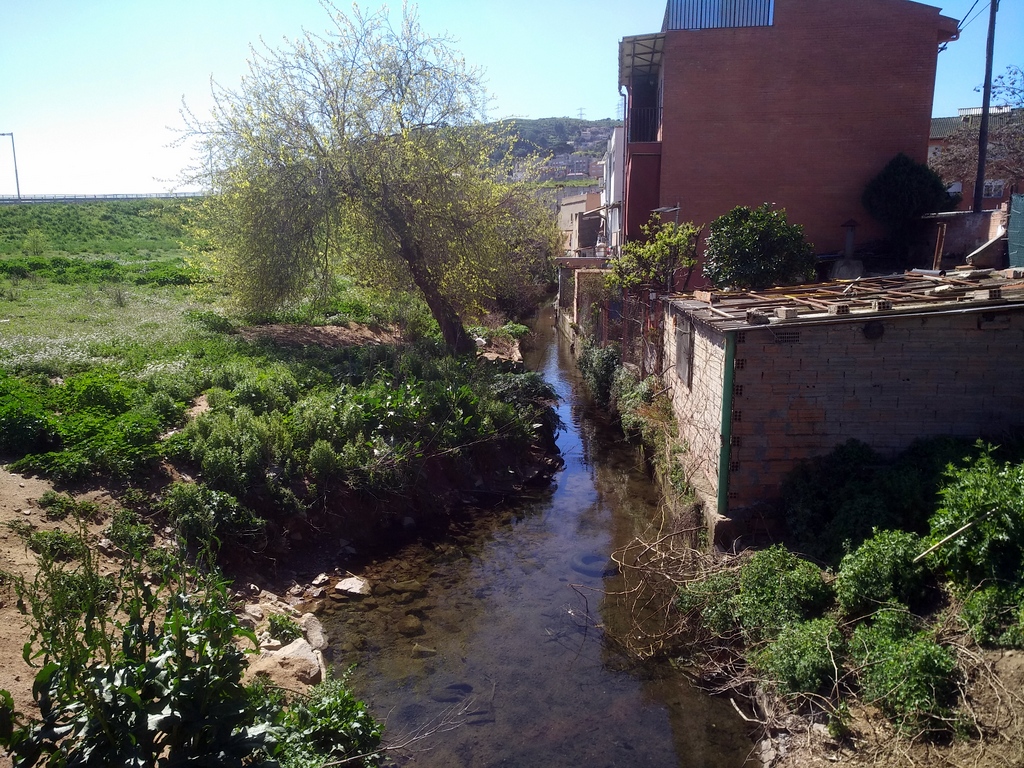
Vallbona neighbourhood
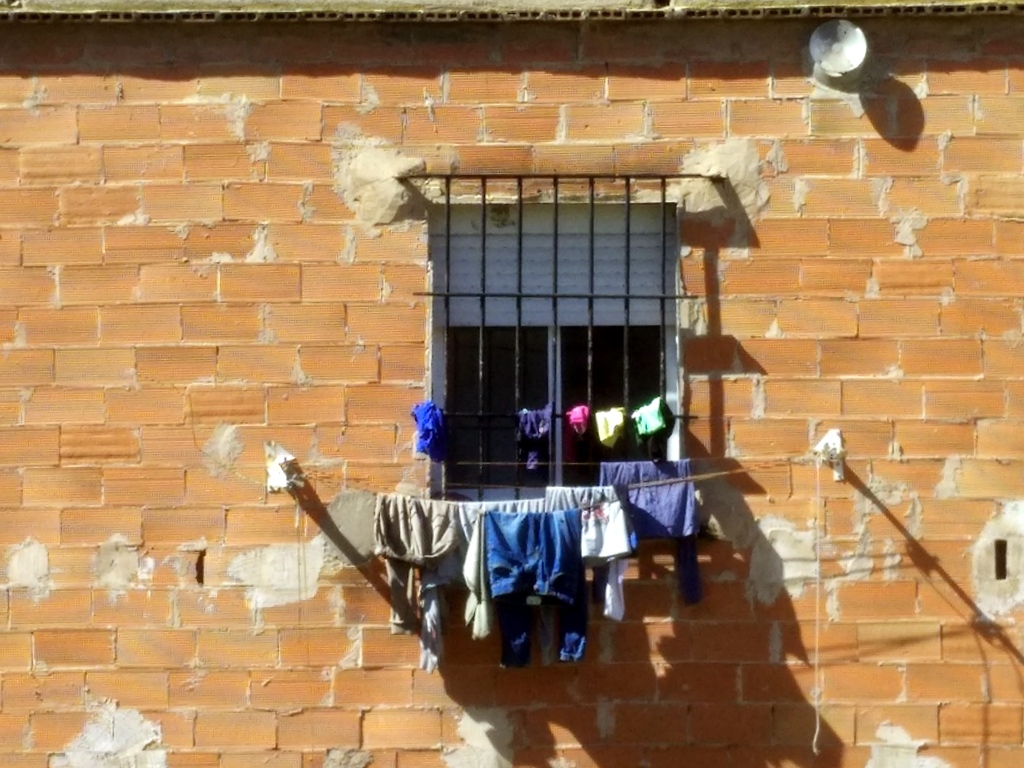
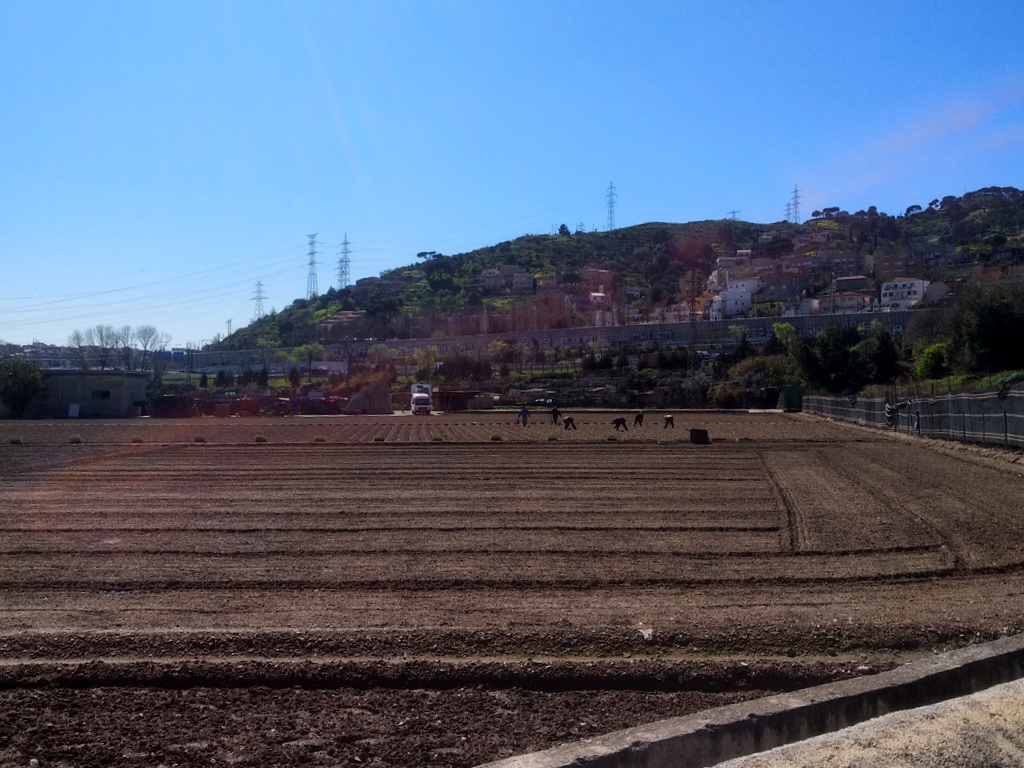
The Ponderosa orchards
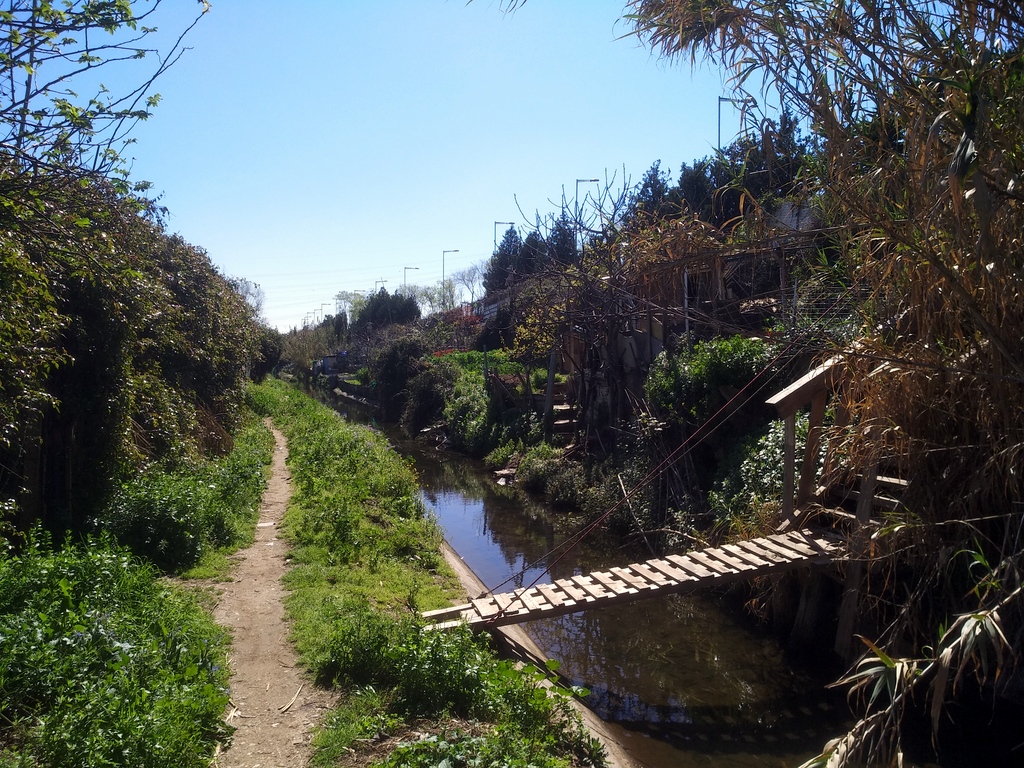
This narrow stretch, between the C58 freeway and a fence, is like a secret, humble garden, out of time. Nothing would suggest that we are just 300 meters away from the huge Trinitat roundabout in the big city of Barcelona.
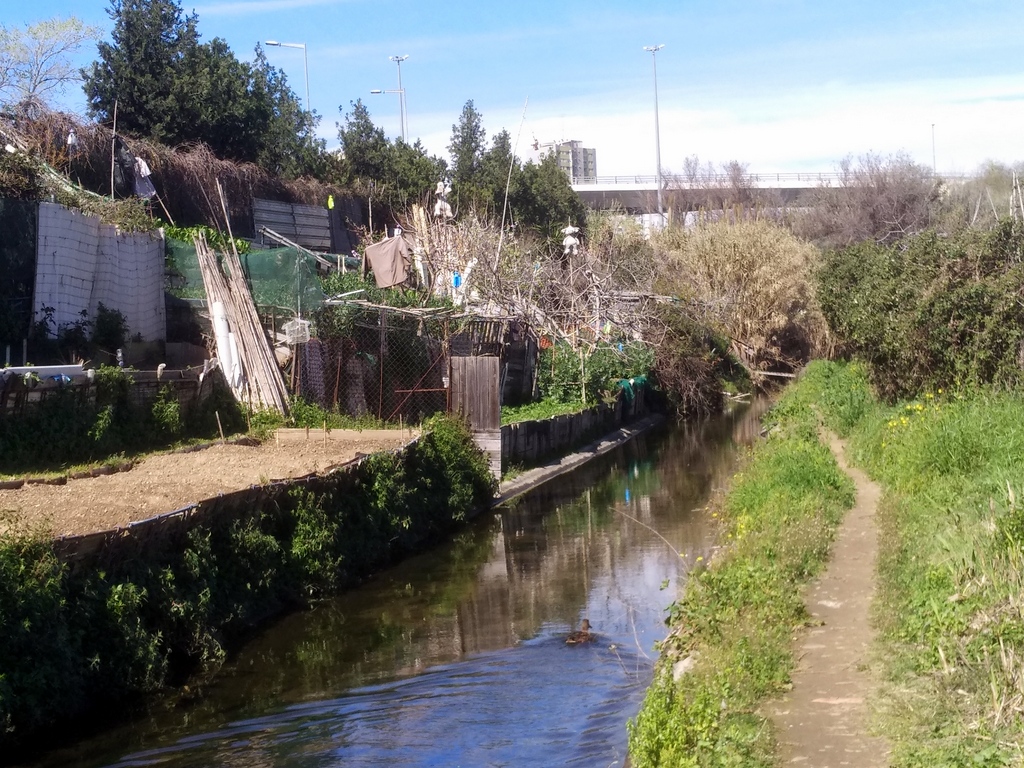
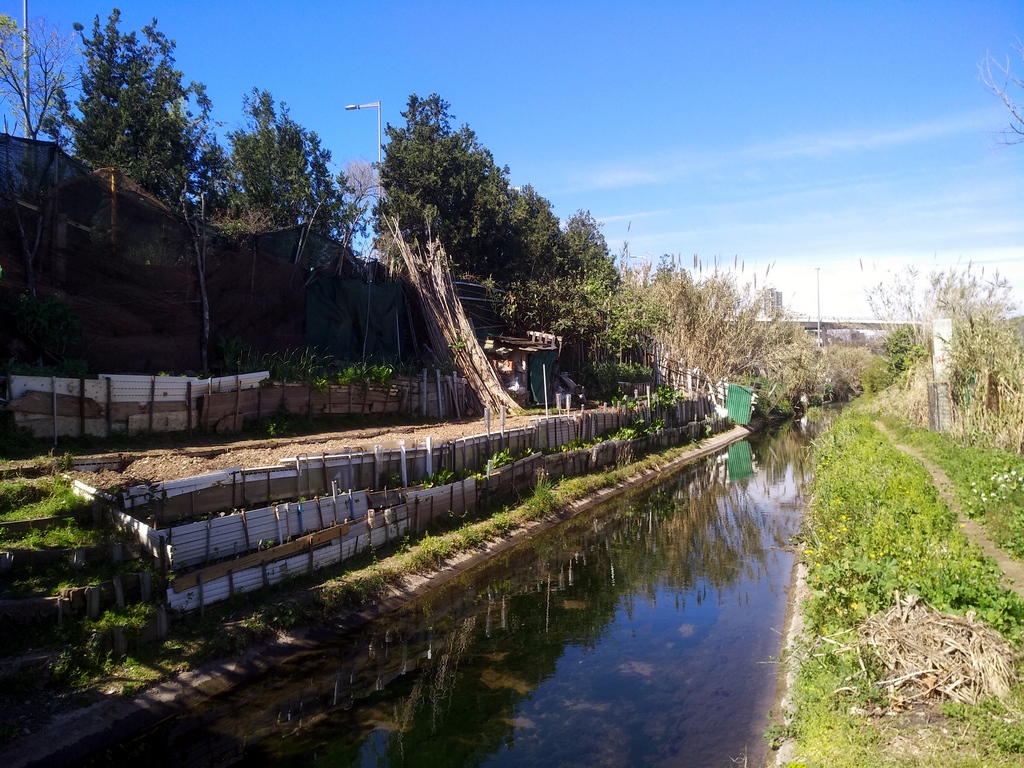
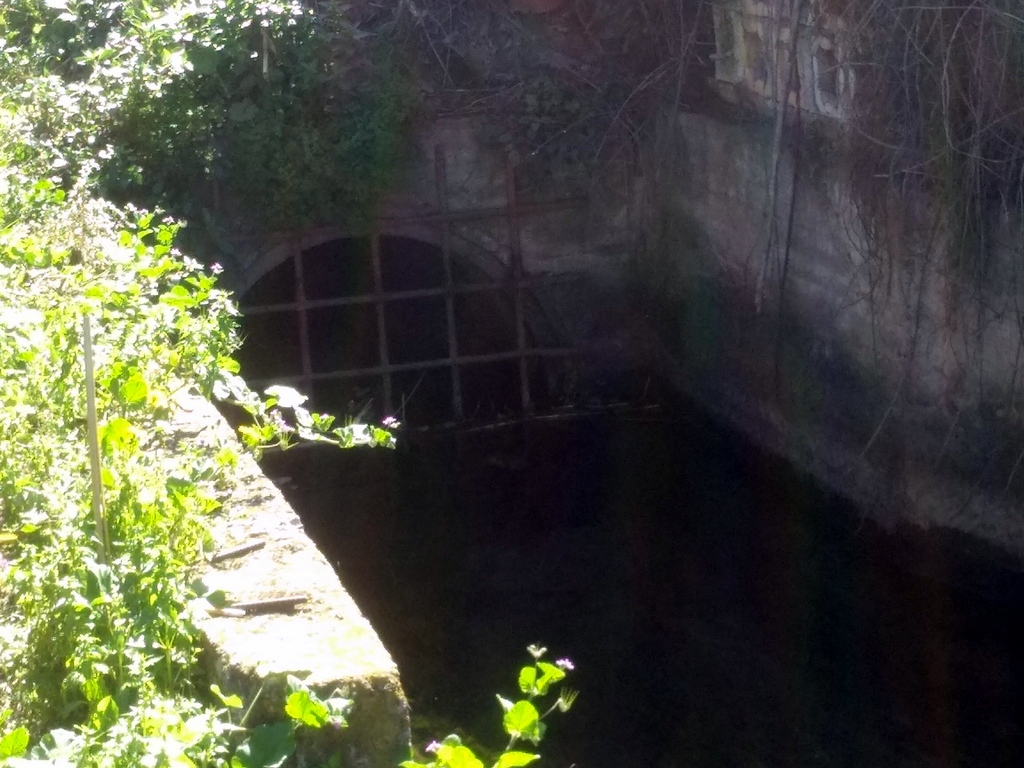
Here the ditch disappears. From now on we will have to make an effort of imagination to visualize the outskirts of Barcelona in the Middle Ages, when all the area were farming fields.
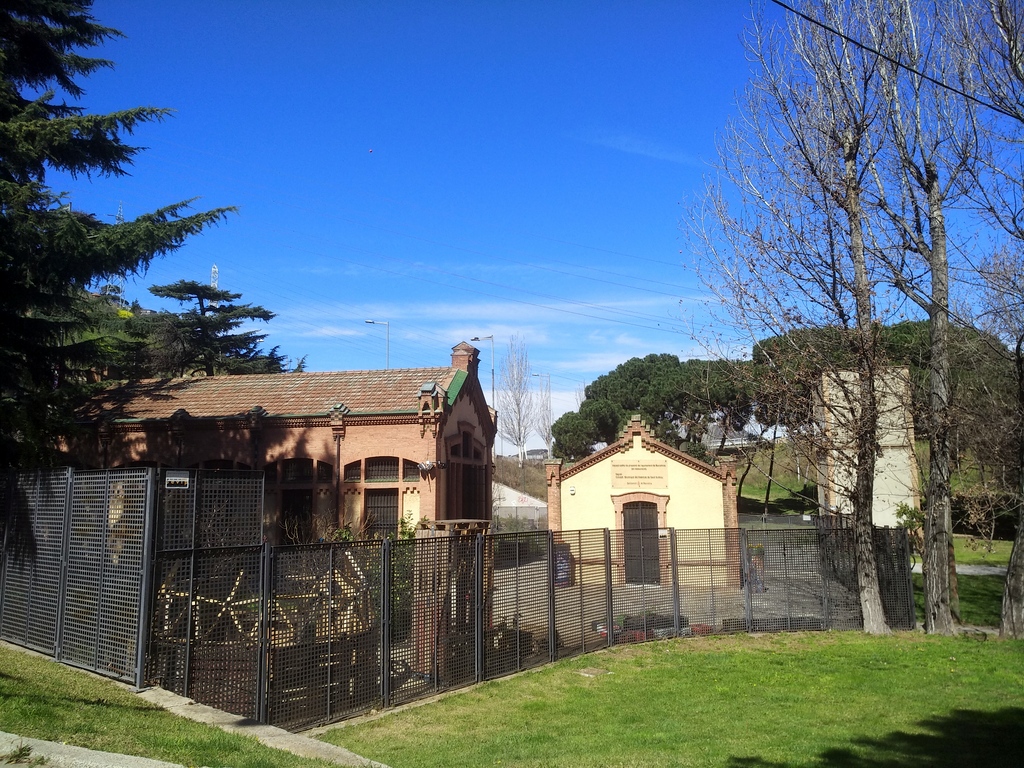
Water House in Trinitat Vella. The old pictures collected by Enric March show the Trinitat neighbourhood without buildings. You can try to follow the ditch track through Sant Andreu, La Sagrera and El Clot until you reach Arc de Triomf, where we would have found the entrance to medieval Barcelona in the Sant Pere district.
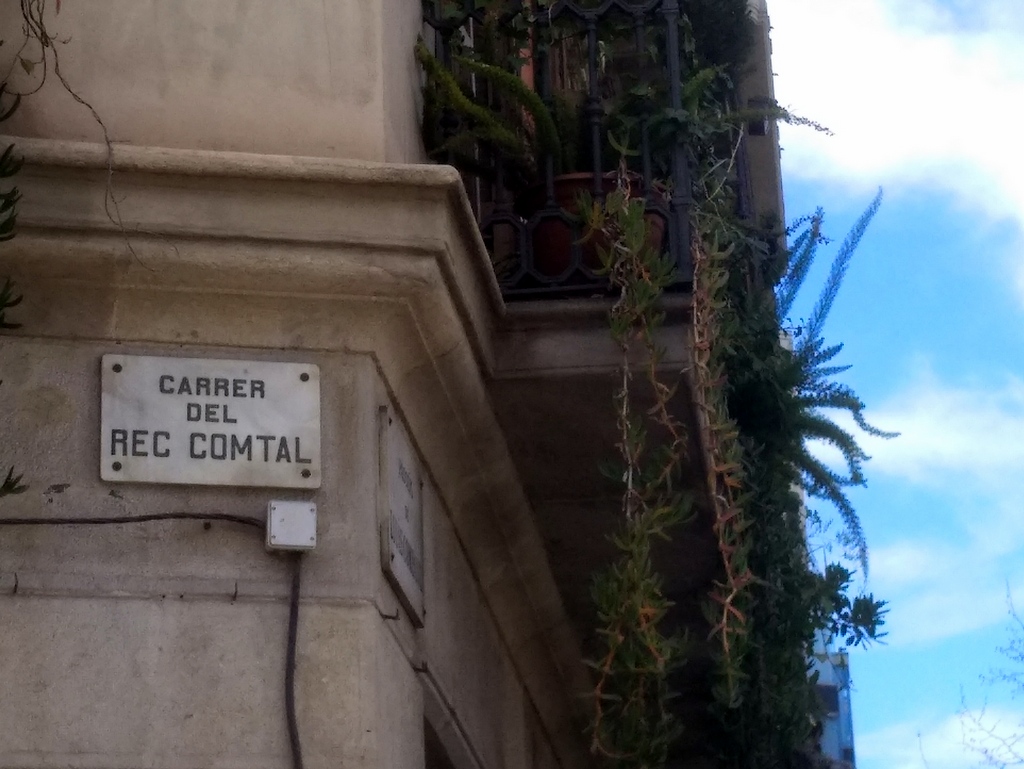
The names of the streets reveal the past of the Rec Comtal ditch.
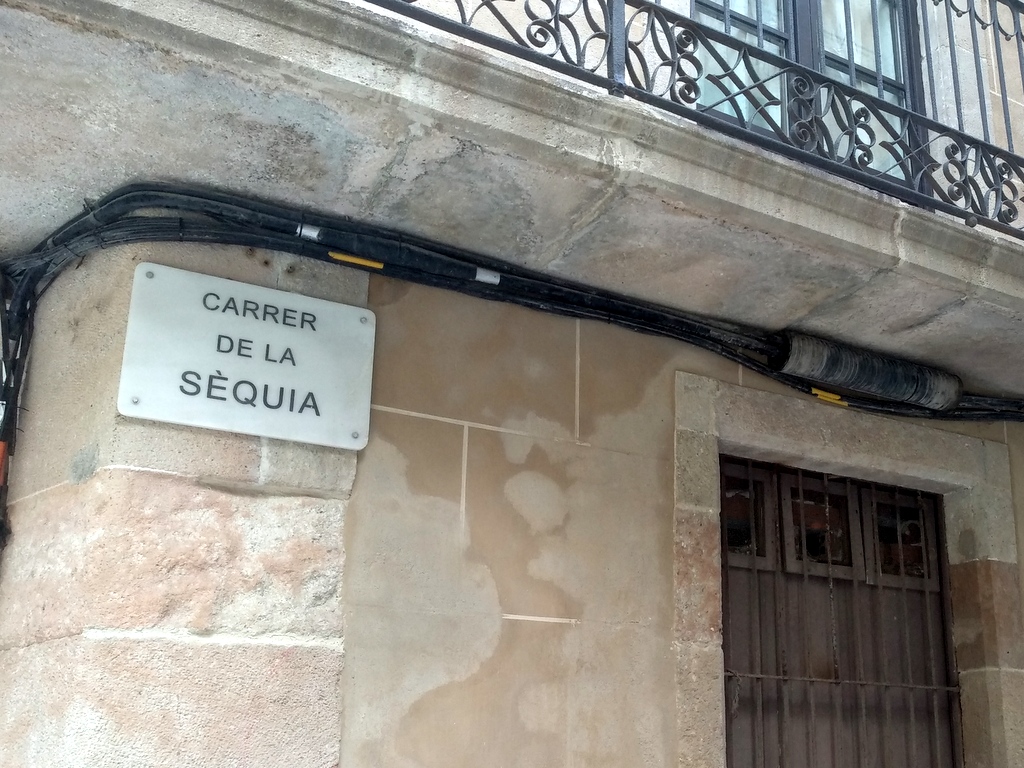
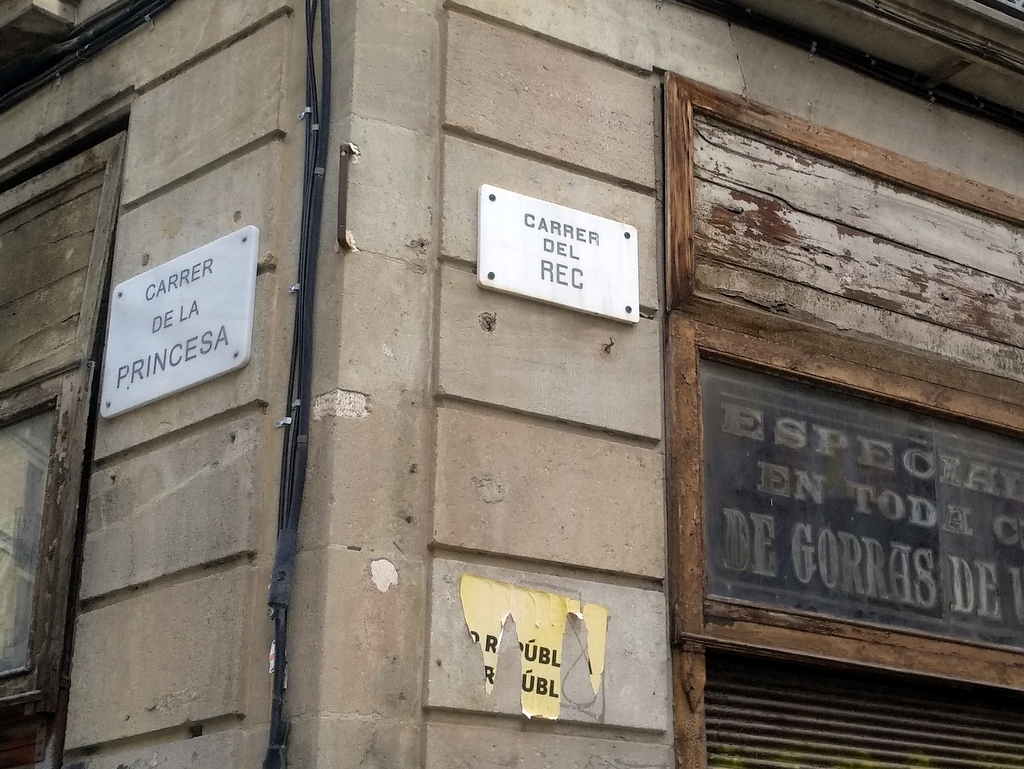
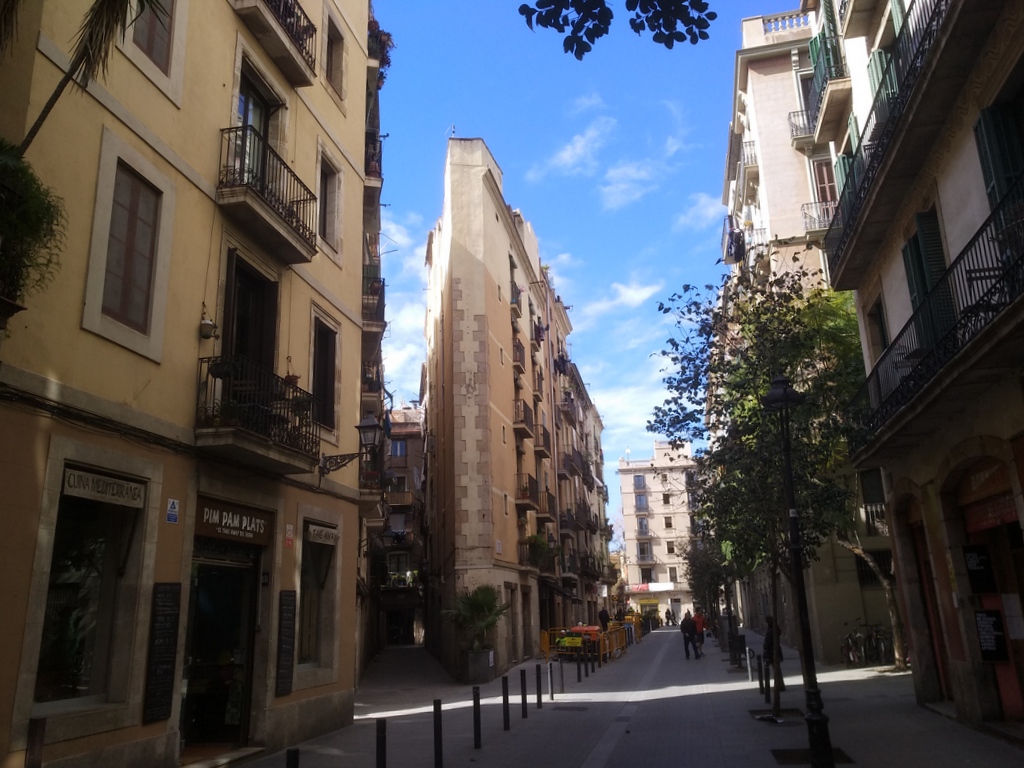
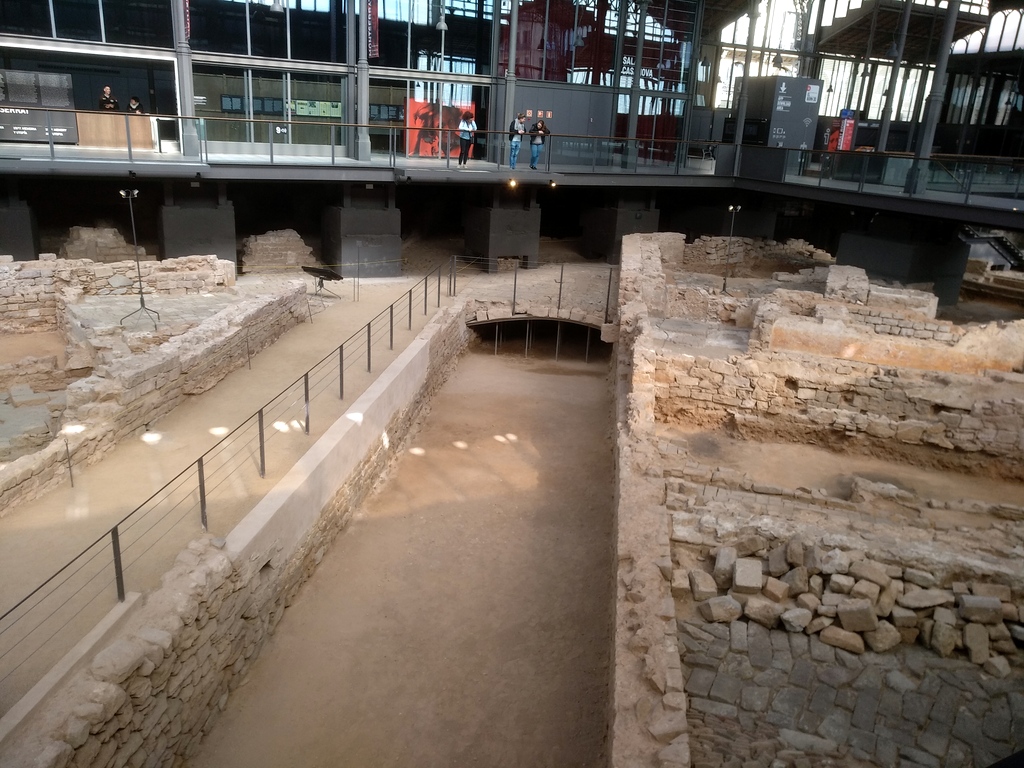
And finally a fragment preserved in the Born CCM.
Here, the track at wikiloc, not accurate, as I was not able to follow always the detailed directions of Enric March’s blog.



